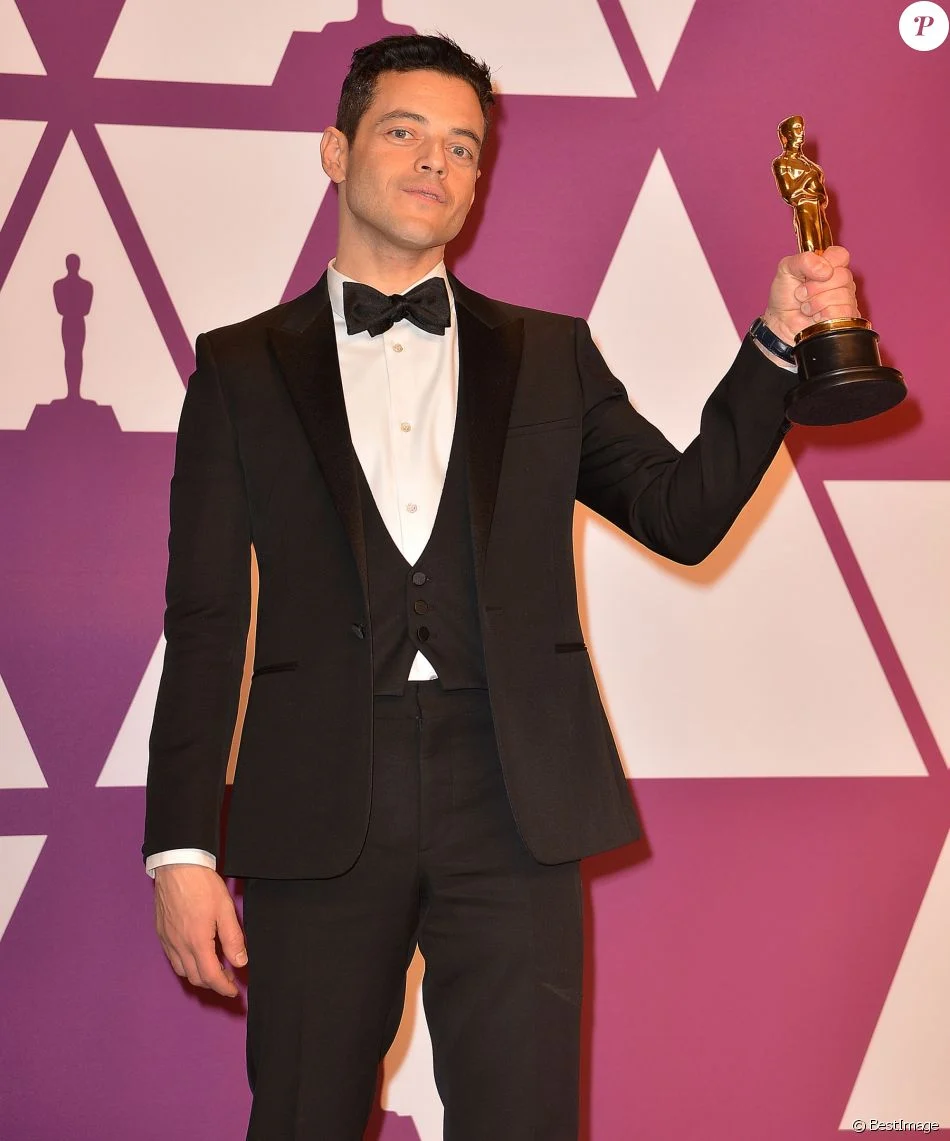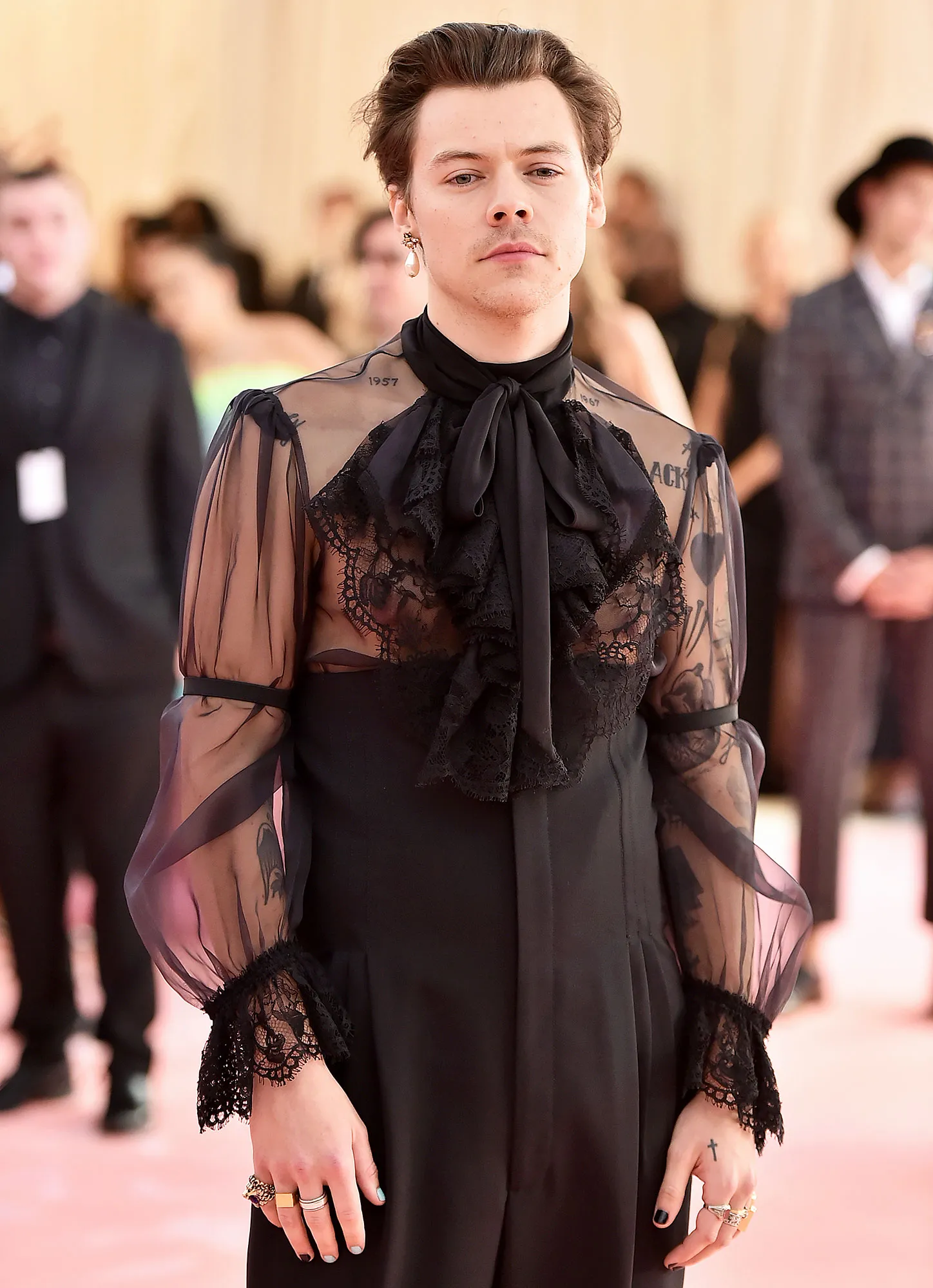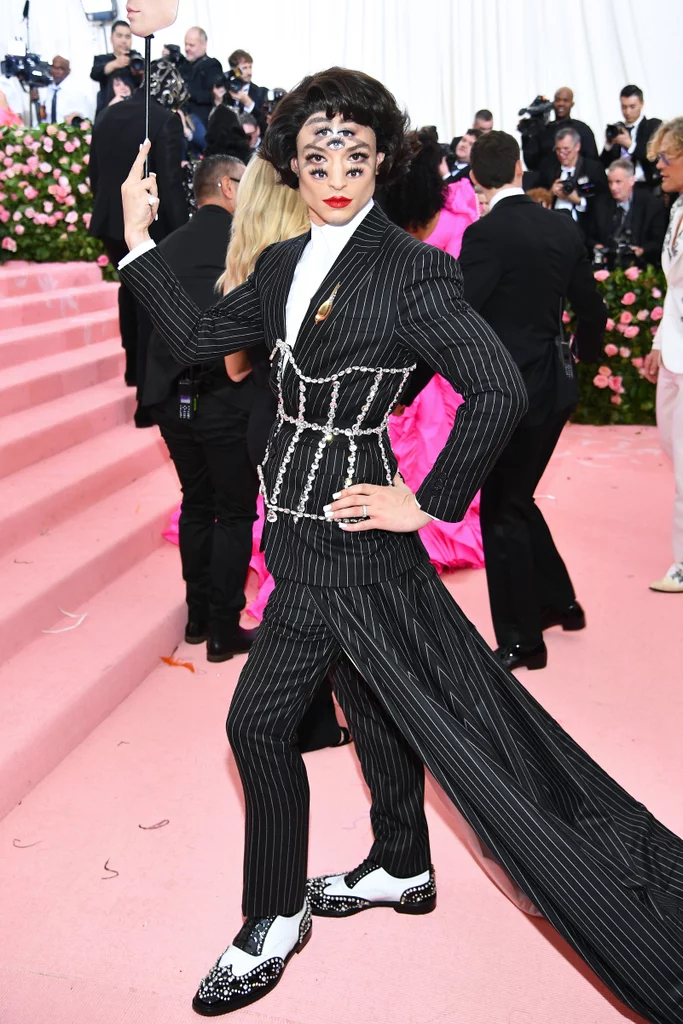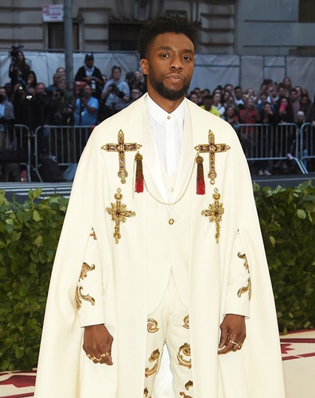Threads Through Time- The Period Piece Series
- Sophie Sundock
- Oct 15
- 9 min read
Clothes. Where did it all begin? Or, a better question, when? Well, Coco Chanel's Little Black Dress didn't pop into existence one day in the 1930s. There's a beautiful history behind every article of clothing in more ways than just how it's made.
I was lucky enough to take a class in college called "Fashion and Mannerisms through the Ages." This is the bread and butter of practically everything we wear today. Before I dive in and talk your head off, I'm going to include some timelines of both men's and women's fashion evolving throughout the years. This might help create a better idea of how clothes went from point A to B when you're reading along, and help you appreciate what you wear on a whole new level.
Evolution of Men
When we think about men’s fashion today — the suits, the jeans, the endless supply of sneakers — it’s wild to remember that it all started with armor, tights, and a whole lot of lace. Men’s clothing has always been tied to ideas of power, practicality, and what it means to “look serious.”

In the early days, men literally dressed for battle all the time. After the era of draped and tailored pieces that mainly consisted of dress-like clothing in different forms, armor became everything. It wasn’t just protection; it was a statement of status. As Europe moved into the Renaissance, that armor-inspired silhouette translated into doublets, hose, and layers of fabric that showed off wealth (and maybe how many servants you had to lace you into all of it). Bright colors and embellishments were highly encouraged — men wore ruffles, wigs, and heels long before they became associated with women’s wardrobes.

But everything shifted in the late 18th and early 19th centuries with what historians call the “Great Masculine Renunciation.” Basically, men ditched flashy clothes in favor of dark, tailored suits that signaled seriousness, professionalism, and restraint. The first version of the three-piece suit became a kind of uniform, and honestly, it hasn’t gone anywhere since. If you’ve ever wondered why business attire used to feel so strict, you can thank this era. And you can thank today's trends for current business attire being so relaxed ;)
The Industrial Revolution only reinforced this trend. Clothing became more accessible through mass production, but also more standardized. Instead of frills and lace, you got sturdy fabrics and neat tailoring. Men across different classes started to look more alike, and the idea of the “modern man” in a suit was born.
Fast forward to the 20th century, and men’s fashion finally started loosening up. The Jazz Age brought wide-legged trousers and softer tailoring. The 1960s and 70s went bold and wild with color, patterns, and silhouettes that broke every “serious” rule of the past. By the time Silicon Valley gave us Casual Fridays and hoodie culture, the line between formal and casual was pretty much gone.
Today, men’s fashion is all about mixing it up. A guy might wear a tailored blazer with sneakers, or pair streetwear with designer labels. Masculinity is being redefined, too — jewelry, nail polish, skirts, and experimental silhouettes are no longer confined to women’s fashion. Let's also add here that Harry Styles wore an iconic dress for a photoshoot with Vogue and it was wonderful. In a way, men’s clothing has come full circle, rediscovering self-expression while still keeping its ties to practicality.
Evolution of Women
If men’s clothing has been about power and practicality, women’s fashion has been about one thing above all: expression. From dramatic gowns to rebellious pants, the history of women’s fashion is basically the history of identity — shaped by culture, politics, and even the fight for freedom.

In the early days, women’s clothes were all about silhouette. Think structured corsets, full skirts, and layers upon layers that signaled wealth and femininity. In the Renaissance and Baroque eras, women’s gowns were practically architectural — wide hips, high collars, and ornate fabrics that made just walking through a doorway an event. Fashion wasn’t just personal style, it was the art of performance.
By the 18th and 19th centuries, clothing became even more symbolic. Corsets defined the

“ideal” body shape (tiny waists, exaggerated busts, and hips), while skirts ballooned outward with hoops and crinolines. But there was a shift bubbling underneath — women were starting to push back. The Victorian era introduced bloomers and more practical day dresses, small steps toward comfort and mobility that mirrored growing conversations about women’s rights.
The early 20th century blew those doors wide open. World War I demanded practicality, and suddenly, women’s clothing got shorter, simpler, and less restrictive. By the 1920s, hemlines rose and the flapper silhouette — loose, boyish, and liberating — redefined what femininity could look like. Pants even entered the picture (though not without controversy), thanks to fashion icons like Coco Chanel.
Each decade that followed brought a new wave of expression. The structured glamour of the late 1940s and 1950s, the free-spirited flow of the 1970s, the bold power suits of the 1980s — women’s fashion evolved with every cultural shift. By the 21st century, the rules had basically dissolved. Streetwear, haute couture, vintage revivals, and minimalist basics all coexist. A woman can wear a ballgown one night and an oversized blazer with sneakers the next — and both are considered stylish.
Today, women’s fashion is about choice. It’s no longer dictated by corsets or crinolines, but by personal expression. Whether it’s reclaiming traditionally masculine pieces or reinventing feminine aesthetics, women’s clothing tells a story of freedom — one that’s still unfolding with every season.
Breaking down the Pieces:
Between the 16th and 18th Century, we notice the shift from stiff and rigid dress to a more relaxed, detailed, and just as elegant figure.

The Woman on the Left:
This woman is the picture perfect 16th century woman, dressed eloquently in layers of finery. The biggest evidence of the time period is the use of the French Wheel Farthingale that creates the circular drum-like figure around her hips. This shape was extremely popular at the time and maintained that previous idea in women's fashion for a slimmer waist and accentuated hips. Here, we can also see the long sleeves to the wrist with fine decoration at the end. The neckline is more rounded yet still decorated. The fabric used, in this case of expensive quality, demonstrates why the clothing at this period is fascinating. The silk brocade (finely decorative woven fabric) is made from the most expensive fabric of the time. Finally, we can see the pointed shoes for the first time in women's fashion due to the farthingale raising the skirts more.
The Dress on the Right:
This 18th century Robe à la Française mirrors styles from the 16th and 17th century. The neckline is square yet still decorated. There is now the stomacher, the decorative triangular piece seen between the open robe. The sleeves stop just before the elbow, but have more lavish decoration that reaches toward the wrist. Replacing the farthingale is the Pannier skirt that leaves a more rounded edge of the hips. Lastly, there is the iconic petticoat decorated to match the now open robe. This type of dress is referred to as the Robe à la Française because the back of the dress (not pictured) has pleats that loosely fall from the shoulders to create a drape. This is the most daring part of the evolution of women's clothing because it now equally balances the rigid bodice front in contrast with the eloquent sweep of fabric at the back.

Accuracy vs. Aesthetic
One of the coolest ways to see historic clothing “in action” today is through period dramas. Costumes are basically another character on screen — they set the mood, show status, and help us feel like we’ve stepped back in time, yet not every show is equally committed to accuracy. There are also awards offered for costuming in movies and TV shows that do so wel, not to mention that red carpets and premieres are the place to be seen and for designers to share their clothes on glamorous celebrities.

Take Downton Abbey as a prime example. The attention to detail is stunning, with everything from Edwardian gowns to 1920s beaded dresses showing how fashion shifted with the times. Daywear was all about modest elegance—high collars, tailored jackets, long flowing skirts—while evening gowns shimmered with beadwork and delicate embellishments. Accessories like gloves, hats, and fine jewelry completed the look, making every stroll a quiet fashion statement. Men now had multiple outfit choices in a day, especially higher class gentlemen. Morning suits, evening suits, and hunting attire were all separate types of looks. Mornings suits consisted of waistcoats while evening suits were full white tie events, tailcoats included. Due to the war, fashion changed to be easier- wearing military uniforms throughout the day for younger men fighting and serving, and less fuss for proper attire for civilians. Post war fashion saw the emergence of the tuxedo jacket gaining popularity as well as a three piece lounge suit. Robert Crawley (Lord Grantham!) embodies the older generation at the time for aristocrats and higher ups — sticking to white tie and Edwardian formality. The younger men (Matthew Crawley and later Tom Branson) adopt the more relaxed postwar styles, symbolizing generational change as well as another evolution of fashion through time. By the final season, the men look much closer to how we imagine modern suits. This show is a wonderful example of how fashion shifted throughout pre, during, and post war eras in the early 20th century.

Meanwhile, Pride and Prejudice tends to stick closer to actual Regency-era dress, favoring high waists, light fabrics, and simple silhouettes that reflect understated elegance. Empire-line dresses flowed easily, barely brushing the ankle, often made in soft muslins that allowed for movement in gardens and ballrooms alike. Sleeves could be short and puffed for daytime, longer and delicate for evening, and small accessories—a ribbon, bonnet, or reticule—made all the difference in completing the outfit. Men's fashion also echoed this change, favoring dark and neutral colors, tail coats, cravats, high waisted trousers, and low ponytailed hair.

On the other hand, Bridgerton is… well, not really about accuracy. The costumes take major inspiration from Regency shapes (the empire waist, the high collars, the tailored coats), but then throw historical truth out the window for the sake of spectacle, such as glittery fabrics, modern color palettes, or just very loud colors in general, 3D attachments, and corsets worn in ways no Regency woman would have actually done. It’s fun and visually entertaining, but it’s more fantasy than history. And just to add, this is not any hate to the show. I am there for every episode; this is just something to note and also realize the inspiration and artistry behind the costumes.
And then, of course, there’s Game of Thrones. Even though it’s fantasy, the costumes are rooted in real history—medieval silhouettes, Renaissance fabrics, even armor pulled from knightly tradition. That grounding makes the world feel believable, dragons and all, while still giving costume designers the freedom to create entirely new styles for each kingdom and character.
What’s interesting is how all of these choices affect storytelling. Accurate costumes, like in Downton Abbey, ground you in a time and place. Stylized costumes, like in Bridgerton, set the mood and create that vibe — in this case, a dreamy, escapist world. Neither is “wrong,” but they do totally different things for how we experience the story.
Who Are You Wearing?
To me, the Met Gala in New York is probably the one occasion where everyone eagerly comes together to admire (and judge) the fashion choices of attendees. Over the years, the event has featured various themes that reference historical fashion, such as "Dangerous Liaisons: Fashion and Furniture in the 18th Century" in 2004, "Anglomania: Tradition and Transgression in British Fashion" in 2006, and "In America: An Anthology of Fashion (Gilded Glamour)" in 2022. Although these themes can be interpreted as suggestions, they help establish the overall atmosphere.
The ensembles worn by Chadwick Boseman, Blake Lively, Ezra Miller, Florence Welch, Harry Styles, Rami Malek, Timothée Chalamet, and Zendaya are iconic pieces that distinctly reference earlier fashion eras. Harry Styles' high neck cravat from 2019 perfectly illustrates a modern interpretation of eighteenth-century fashion. Chadwick Boseman’s embroidered cape suit was reminiscent of Victorian ceremonial attire, while Rami Malek’s sharp tailoring referenced Edwardian formality with a minimalist twist.
Florence Welch has gracefully walked the red carpet in outfits that call back to the Renaissance and Regency periods, similar to Blake Lively, who has also been seen in Baroque-inspired pieces. And we can never forget Zendaya in her Cinderella inspired LED dress that had a full skirt and corseted body like that of the 18th and 19th century. Empire waistlines, puffy sleeves, and long petticoats are also featured.

While these comparisons to modern and past fashion are already lengthy and could continue on for every single detail of clothing, I feel confident that you can now understand how important all kinds of history is, including fashion history. Next time you find yourself traveling, look for a fashion museum and be able to study the past first hand!
So, here is a picture of my favorite yellow dress- reminiscent of the 60s and 70s column dress fit, or if we wanted to be extra, a call to the Regency empire-line dress.
I think you get it ;)
See you next time
x
COMPUTER HAS BEEN FIXED PEOPLE YAY!




















Comments